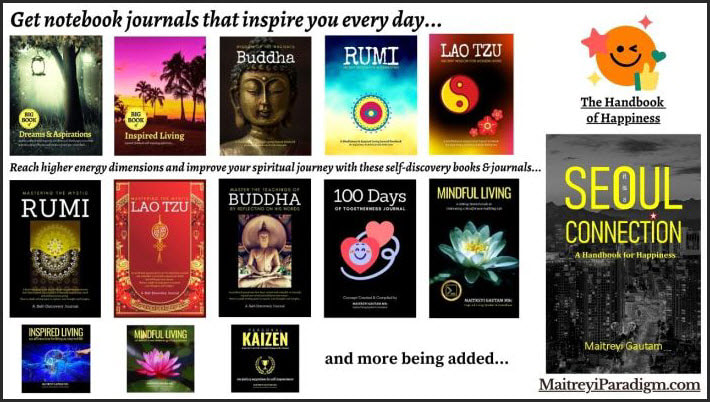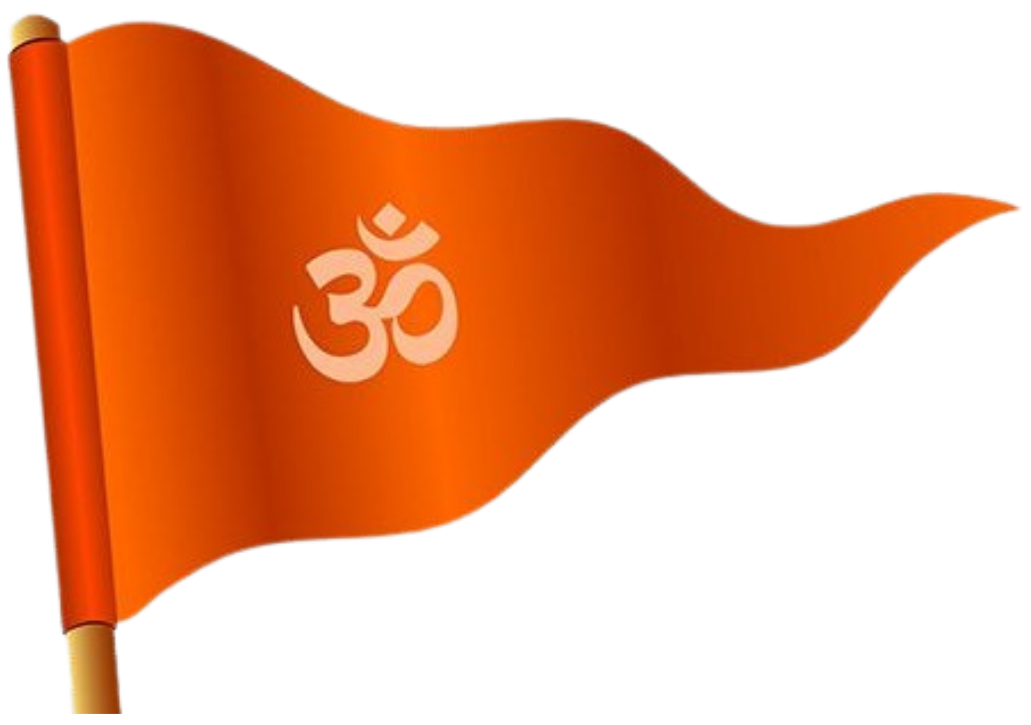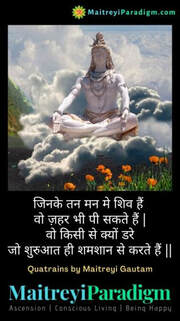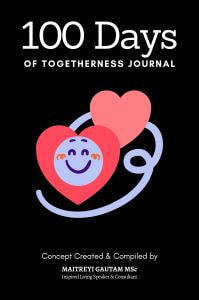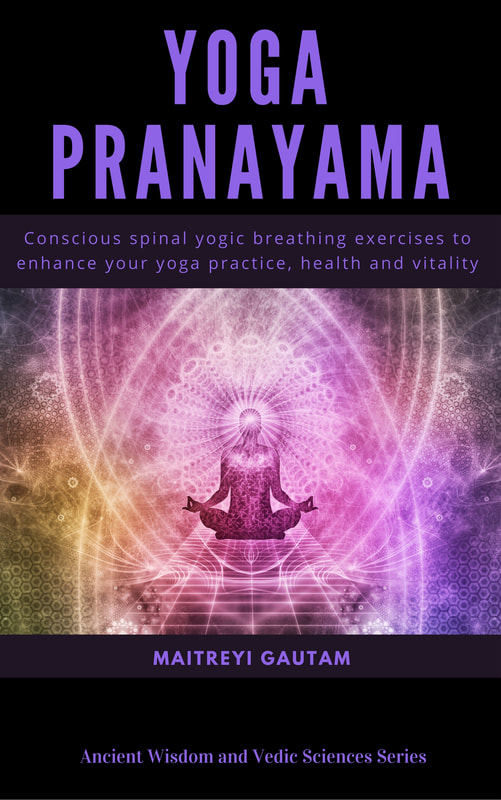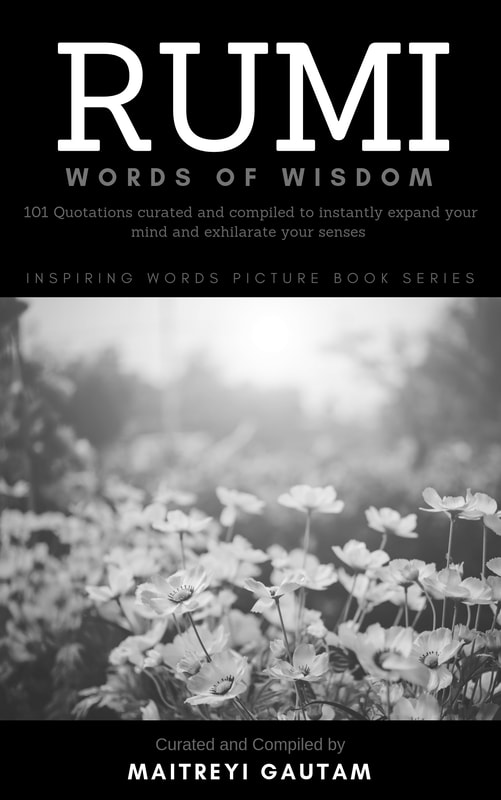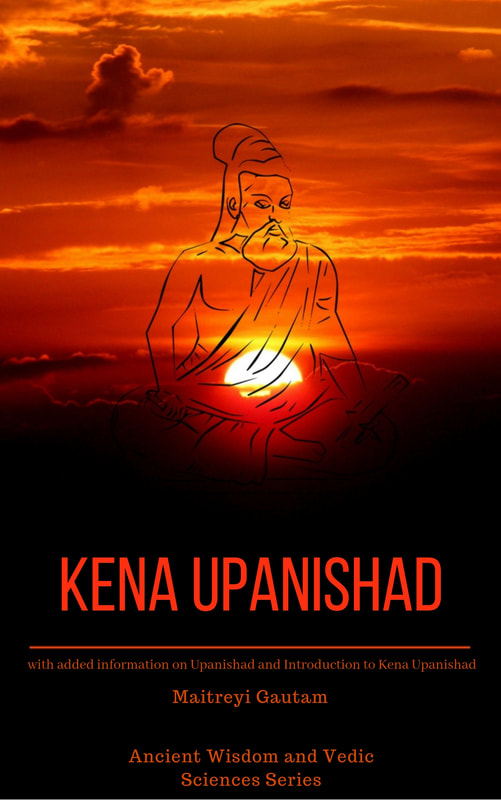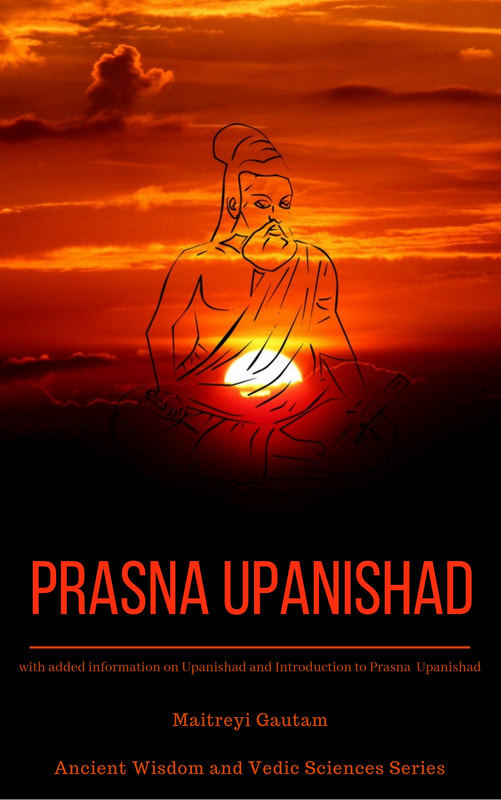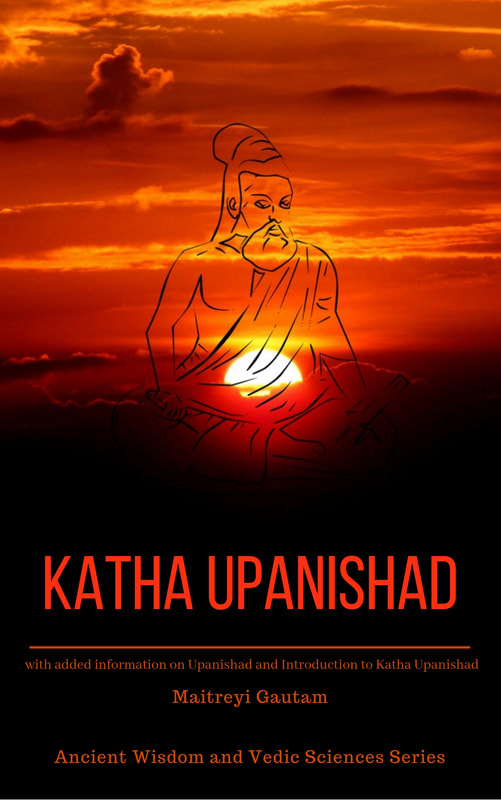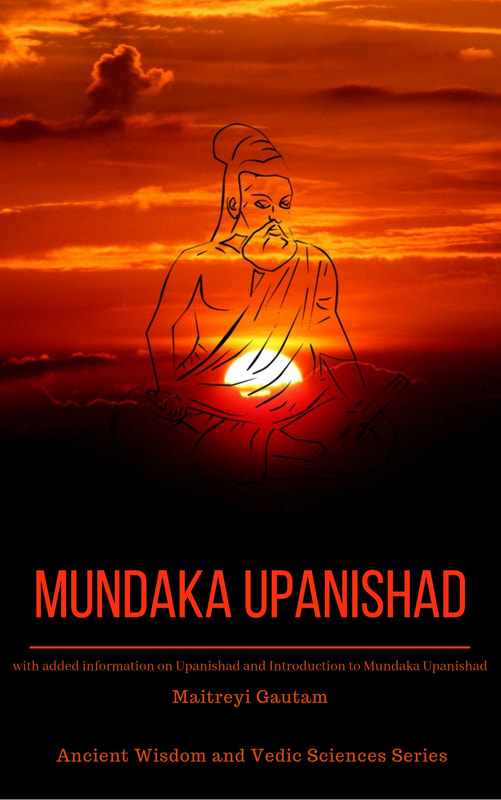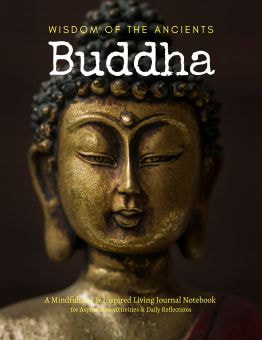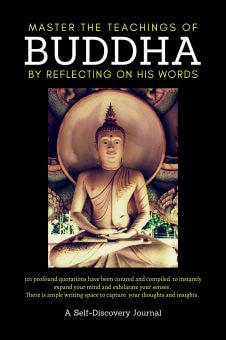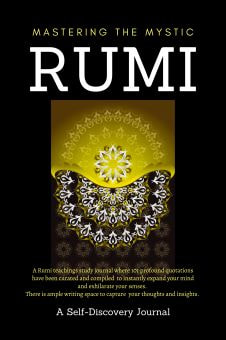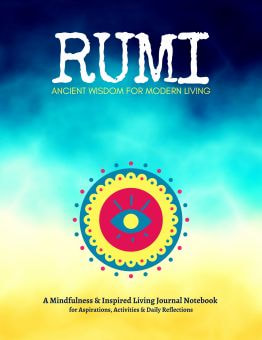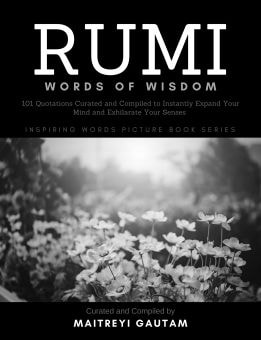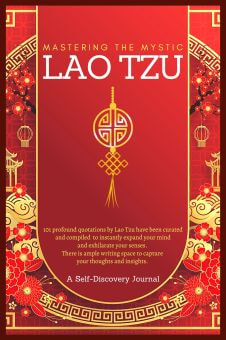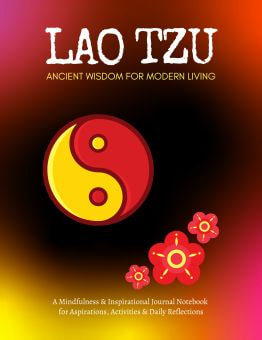IntroductionRaga Yaman, also known as Kalyani in the Carnatic tradition, is one of the most popular and well-loved ragas in Indian classical music. It holds a special place in the hearts of musicians and listeners alike due to its melodic charm and versatility. Raga Yaman is characterized by its soothing and serene nature, often evoking a sense of peace and tranquility in the listener. It is a raga that is deeply rooted in the traditions of both Hindustani and | |
Carnatic music, making it a fundamental part of the Indian classical music repertoire.
Raga Yaman- music to express love, devotion and longing
Raga Yaman is considered a sampurna raga, which means it consists of all seven swaras or notes - Sa, Re, Ga, Ma, Pa, Dha, and Ni.
The raga is traditionally performed in the evening, as it is believed to be associated with the twilight hours, when the sun sets and day transitions into night. This association with the evening lends the raga a sense of introspection, making it ideal for expressing emotions such as love, devotion, and longing.
The raga is traditionally performed in the evening, as it is believed to be associated with the twilight hours, when the sun sets and day transitions into night. This association with the evening lends the raga a sense of introspection, making it ideal for expressing emotions such as love, devotion, and longing.
In Raga Yaman, the notes follow a specific ascending and descending pattern, giving the raga its unique structure and melodic identity.
The ascending sequence of notes, or arohana, in Yaman is: Sa, Re, Ga, Ma, Pa, Dha, Ni, and Sa. The descending sequence, or avarohana, is: Sa, Ni, Dha, Pa, Ma, Ga, Re, and Sa. One of the key features of this raga is the use of the teevra or sharp Ma, which lends a distinctive character to the melody. Additionally, the vadi, or the most important note, in Raga Yaman is Ga, while the samvadi, or the second most important note, is Ni.
Raga Yaman is known for its flexibility and adaptability, making it suitable for a variety of musical forms and styles. It is commonly featured in instrumental music, vocal music, as well as dance performances.
Musicians often choose to perform Raga Yaman in various forms such as khayal, thumri, ghazal, and even lighter genres like bhajans and film music. This versatility has helped to establish Raga Yaman as a favorite among both seasoned musicians and newcomers to Indian classical music.
The beauty of Raga Yaman lies not only in its melodic structure, but also in the emotional depth it offers to performers and listeners.
When rendered with skill and sensitivity, Raga Yaman has the power to transport the listener to a world of profound emotions and sublime beauty. This raga, with its unique combination of melody, rhythm, and emotion, continues to captivate audiences and inspire generations of musicians, making it an integral part of the rich tapestry of Indian classical music.
The ascending sequence of notes, or arohana, in Yaman is: Sa, Re, Ga, Ma, Pa, Dha, Ni, and Sa. The descending sequence, or avarohana, is: Sa, Ni, Dha, Pa, Ma, Ga, Re, and Sa. One of the key features of this raga is the use of the teevra or sharp Ma, which lends a distinctive character to the melody. Additionally, the vadi, or the most important note, in Raga Yaman is Ga, while the samvadi, or the second most important note, is Ni.
Raga Yaman is known for its flexibility and adaptability, making it suitable for a variety of musical forms and styles. It is commonly featured in instrumental music, vocal music, as well as dance performances.
Musicians often choose to perform Raga Yaman in various forms such as khayal, thumri, ghazal, and even lighter genres like bhajans and film music. This versatility has helped to establish Raga Yaman as a favorite among both seasoned musicians and newcomers to Indian classical music.
The beauty of Raga Yaman lies not only in its melodic structure, but also in the emotional depth it offers to performers and listeners.
When rendered with skill and sensitivity, Raga Yaman has the power to transport the listener to a world of profound emotions and sublime beauty. This raga, with its unique combination of melody, rhythm, and emotion, continues to captivate audiences and inspire generations of musicians, making it an integral part of the rich tapestry of Indian classical music.

